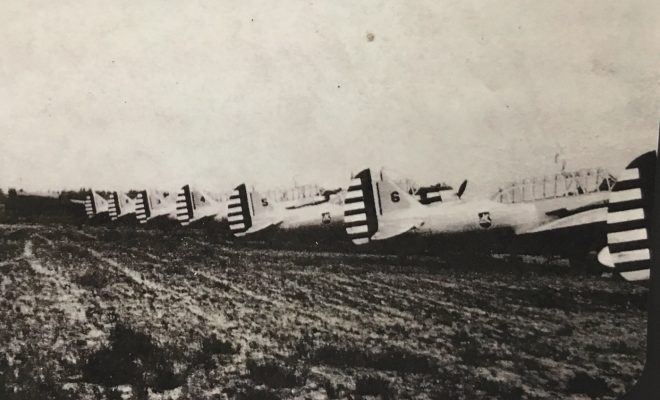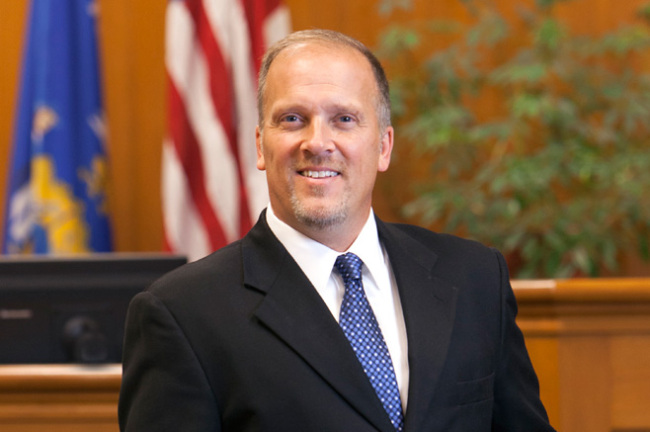Alexander Field: The airfield and WWII

By City Times staff
Continued from the previous edition
When an economic downturn in the newly industrialized United States brought about the Great Depression, flight operations ended at Alexander Field.
With only a few years in the venture, operations at the young airport ceased in 1932, and Mulzur purchased the “NEPCO” from the Alexanders.
In 1939, the United States Army began using the field for training. For about six years, the National Guard and the Air Force used the field, with soldiers pitching tents at the facilities during the summer months.
A radar instruction school also used the grounds for training.
But the airport would soon get a new life. During World War II, it was reported that Adolph Hitler planned to drop weapons by air to soldiers being held in English detention camps. This brought about some fear for England.
It was at that time, the United States agreed to take in German prisoners of war. Thousands of prisoners were brought the United States, first arriving in January 1944.
Over 400,000 German prisoners were divided among 700 camps throughout the United States, with 20,000 placed in Wisconsin, at Camp McCoy and over three dozen other camps throughout the state.
In 1945, the airport was converted into a prisoner of war camp, housing 100-200 German prisoners of war. They lived in airport barracks built by the Civilian Conservation Corps

During World War II, the airfield was used as a military training ground and POW camp for German prisoners. City of Wisconsin Rapids photo.
At that time there was a growing labor shortage. Because of the state’s large agriculture industry, the prisoners of war were said to be a great help with the labor force. While the prisoners were not required to work, they sometimes welcomed the activity to cure the boredom while being detained.
Prisoners worked side-by-side with growers harvesting apples, cherries, corn, potatoes, and sugar beets – which were used to make industrial alcohol for munitions.
In the Wisconsin Rapids area, the prisoners worked in the cranberry industry.
The prisoners housed throughout the state are sometimes credited for saving the crops in the state in 1944-45.
By the end of the war, there were about 400,000 prisoners of war across the United States, with 40,000 – 10 percent – held in Wisconsin. But, their presence was largely kept quiet.
Continued next week





